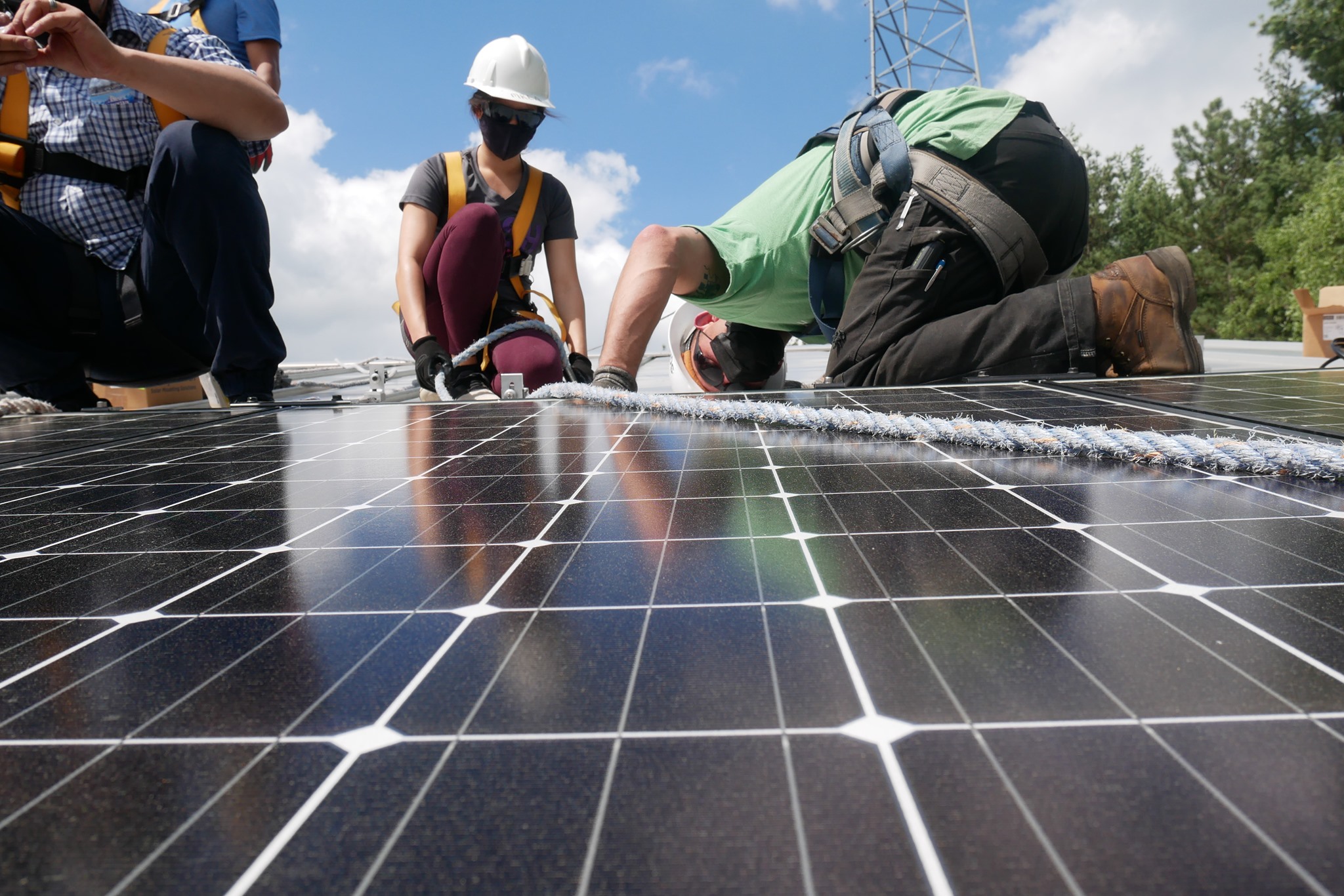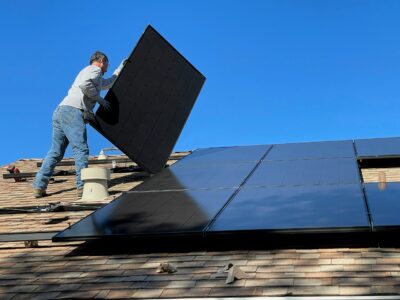Over a year after the Inflation Reduction Act (IRA) was passed in August 2022, the impact of the monumental legislation on rural communities is clearer than ever before. Today, Environmental Entrepreneurs (E2) released a report documenting the most significant benefits of the IRA for rural America, first focusing on total investments and jobs.
Notably, of the 210 large-scale clean energy projects announced before the law’s first birthday, 52 projects, or almost one-quarter of the total, will be located in rural areas. These projects span multiple technologies: batteries, clean fuels, electric vehicles (EVs), electric transmission and distribution, solar, and wind.
The projects represent an upfront capital investment of $19.8 billion — with EVs leading the charge with 52% at $10.28 billion, followed by clean fuels like biofuels and hydrogen with 25% at $4.91 billion. Plus, $2.4 billion in annual operational investments will span the projects’ lifetimes.
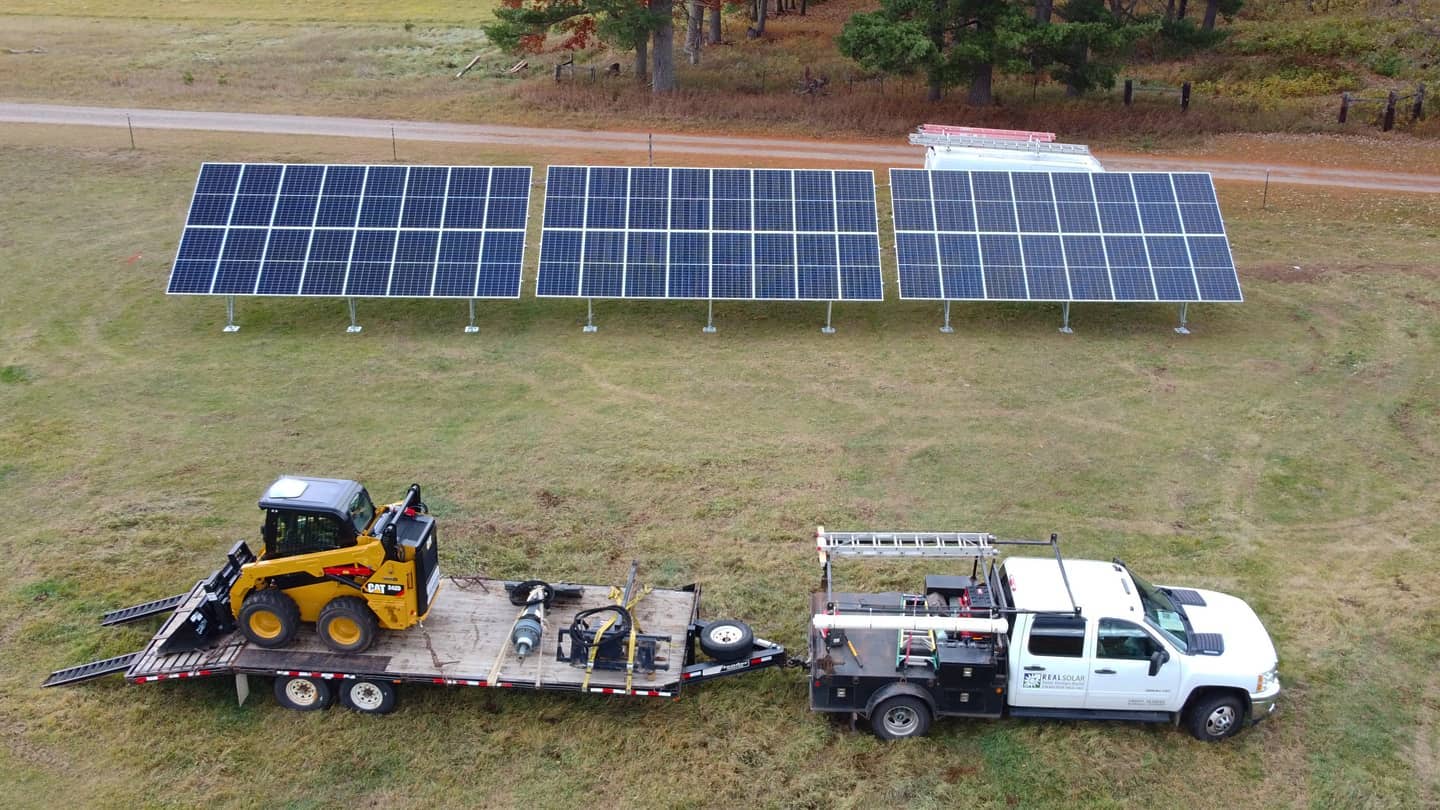
Photo Courtesy Rural Renewable Energy Alliance
Tax Revenue And Jobs
Of note, more than $4.8 billion in federal, state, and local tax revenue will be raised during the projects’ construction, equating to almost $994 million per year. This money is more than the yearly tax revenue generated by the entire nation’s forestry industry.
Plus, over $712 million in tax revenue will be generated every year of the projects’ lives, which is on par with the annual tax revenue from mining equipment manufacturing.
This tax revenue will be funneled back into rural governments to pay for public services like schools, fire and police departments, and community gathering spaces.
Beyond the benefits for the communities at large, the benefits for those working on these projects cannot be overstated. The IRA will support more than 67,000 total direct, indirect, and induced jobs in rural areas. This number includes 46,533 jobs per year during the five years of construction, representing $3.4 billion in annual labor income. The figure also contains 21,382 permanent jobs per year during the projects’ operational lifetimes, representing almost $1.9 billion in annual labor income.
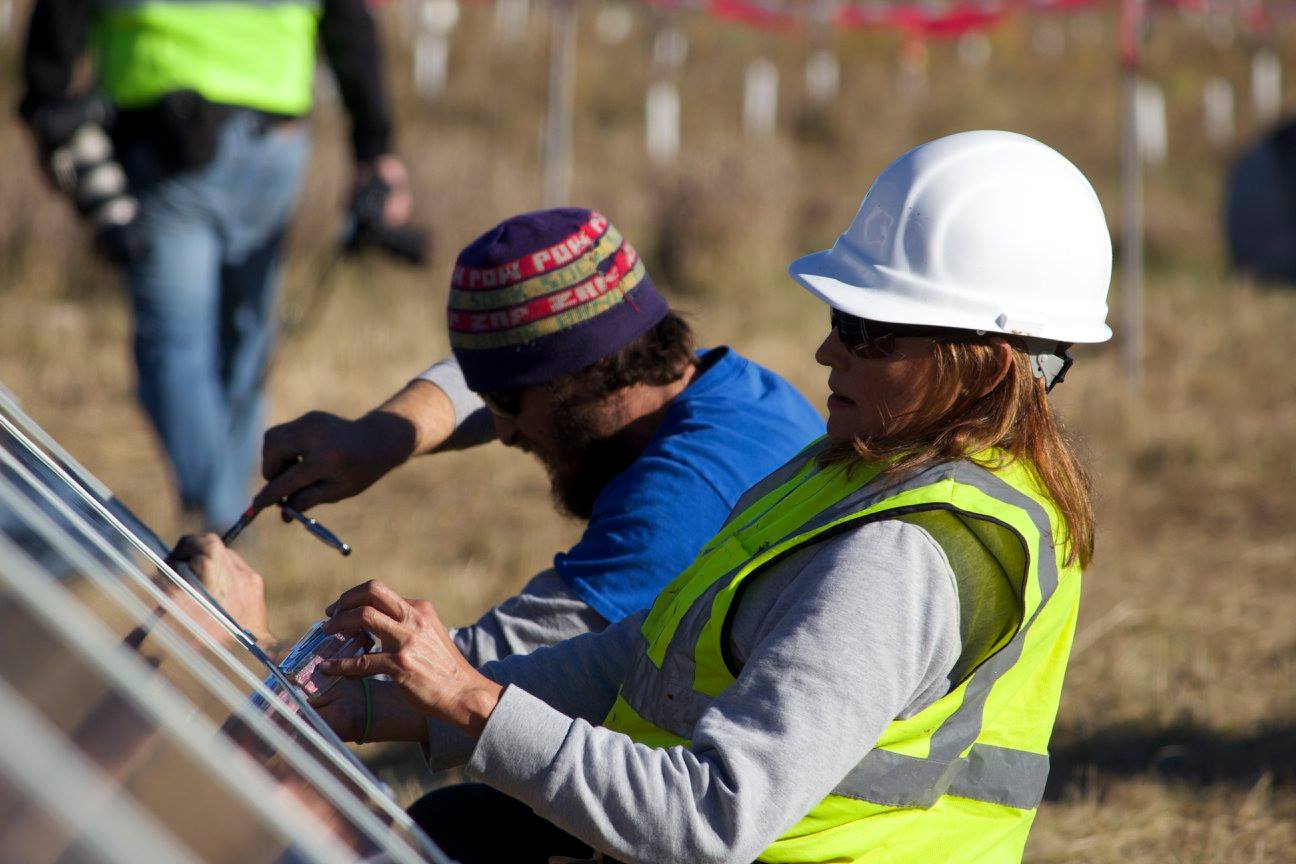
Photo Courtesy Rural Renewable Energy Alliance
Grant And Loan Benefits
E2’s report also covers the IRA’s benefits for rural Americans through access to grants and loans that empower them to invest in clean power or energy efficiency. Overall, the legislation provides more than $12 billion in funding for Americans living in rural regions, which the report claims to be the “single largest investment in rural electrification since President Franklin Delano Roosevelt created the Rural Electrification Administration in 1936,” through three programs.
First, the IRA provides $2 billion in Rural Energy for America (REAP) Program grants for farmers, ranchers, and small businesses to cover up to half the cost of providing buildings with energy efficiency upgrades or installing renewable power sources like solar panels. The legislation also doubled the maximum grant size for these projects, such that $500,000 is available for each efficiency retrofit and $1 million for each clean energy installation, helping individuals or businesses to buy larger systems and ultimately save more on their electricity.
Second, the IRA allocates $9.7 billion for Empowering Rural America Program (New ERA) grants and loans.
The program helps more than 900 rural electric cooperatives in the U.S., which provide power to 42 million people across 48 states, to cover up to a quarter of the cost of clean energy projects that provide the cheapest possible power in rural areas and allow for diversified sources.
The goal is to provide rural families with more affordable energy bills, as they currently pay 40% more than the national average. Plus, the IRA enables rural co-ops to directly access these tax credits instead of having to partner with private entities and pass that cost on to members, like they did in the past.
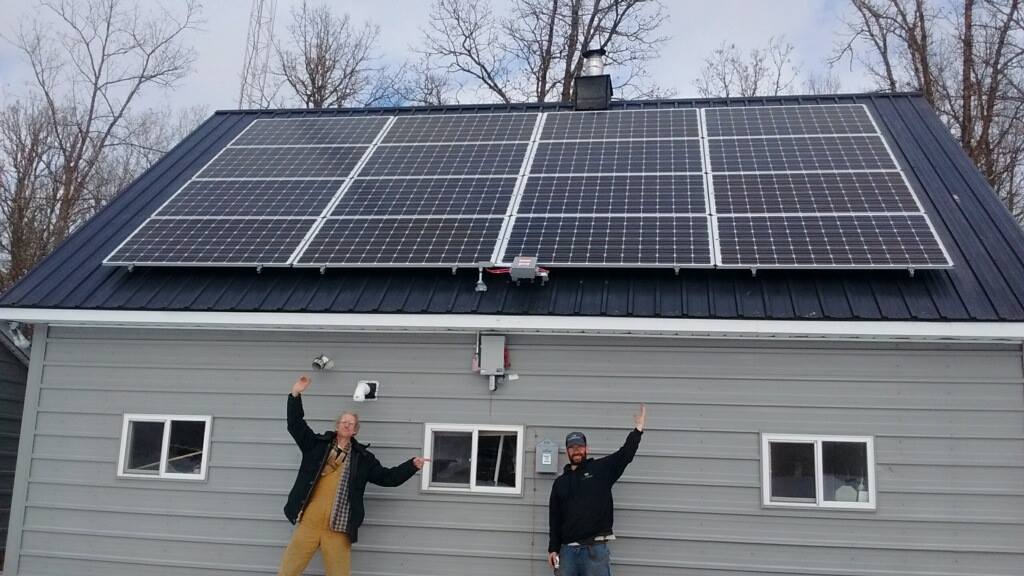
Photo Courtesy Rural Renewable Energy Alliance
Third, the IRA provided $1 billion for the Powering Affordable Clean Energy (PACE) loan program. It distributes loans of $100 million or less for renewable projects, at least half of whose service areas must consist of communities with 20,000 residents or less. Plus, disadvantaged communities or communities that were dependent on fossil fuel industries and ended up abandoning them are eligible for forgiveness on 40% of their loans, as opposed to 20% for other areas.
The demand for this program was huge. When funding closed in September, the U.S. Department of Agriculture’s (USDA) Rural Development’s Rural Utilities Service had received 308 letters of interest representing $12 billion in requests from the $1 billion program.
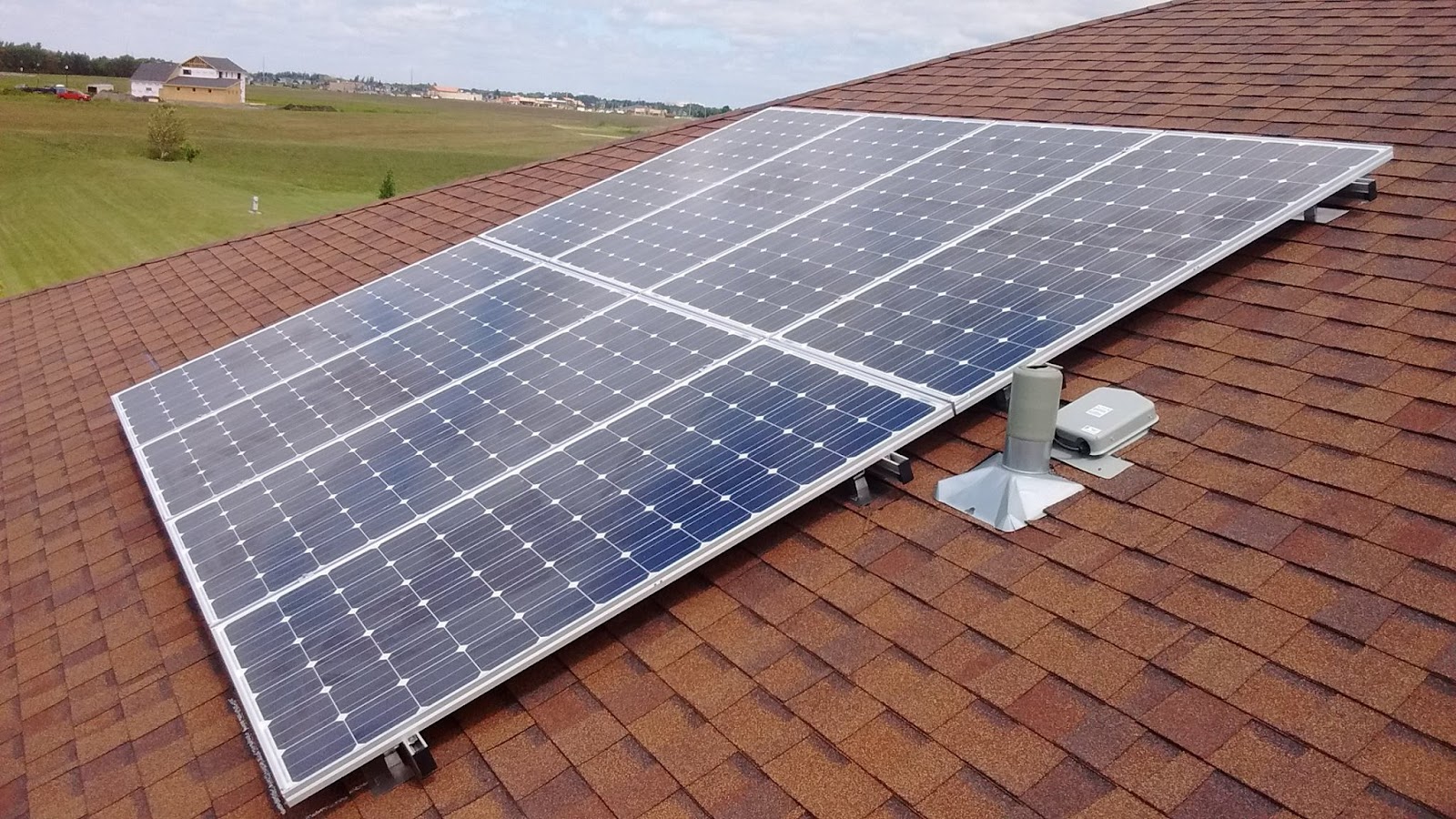
Photo Courtesy Rural Renewable Energy Alliance
Investment In Conservation Programs
In the report’s final section, E2 breaks down the IRA’s $20 billion investment in the USDA’s voluntary conservation programs for farmers, foresters, and ranchers, administered by the Natural Resources Conservation Service. By using funding to adopt practices like crop rotation or no tillage, farmers can produce healthier soil and more resilient crops. In turn, the methods reduce expenses on fertilizer or pesticides, leading to greater revenues from higher yields.
American Farmland Trust, for example, conducted case studies from 2019 to 2022 that found such tactics led to improved bottom lines between $4 to $59 per acre per year and returns on investment between 7% to 343%. A Yale Program on Climate Communications study also found that of all the federal government’s climate initiatives, helping farmers sequester carbon had the most support at 82%, with significant allies on both sides of the aisle.
Like with the other programs, demand is so high for these initiatives because of the immense good they can do for rural businesses and communities. Last year, the two biggest programs, the Conservation Stewardship Program and the Environmental Quality Incentives Program, were able to accept just 40% of 3,871 applicants and 26% of 8,791 applicants, respectively.
More than anything else, the excitement from people living in rural areas about these funding opportunities resulting in applications is the best possible demonstration of what the IRA has been doing for rural communities across the country.
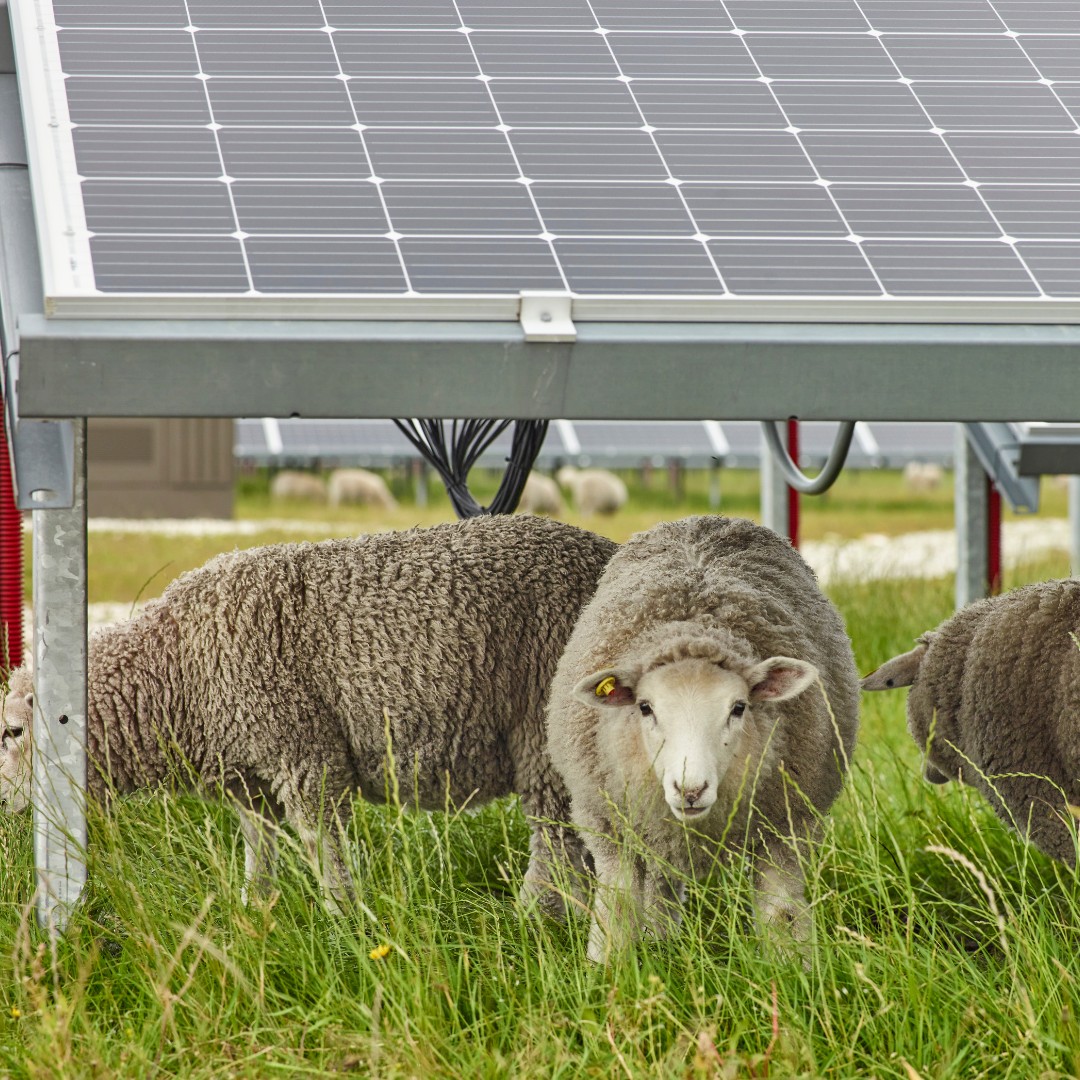
Photo Courtesy American Farmland Trust

